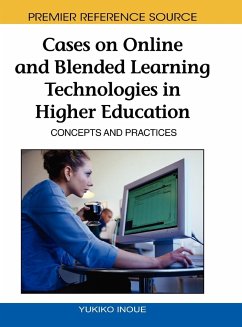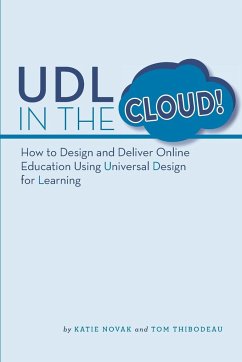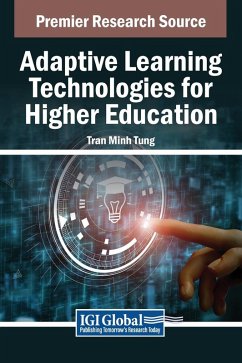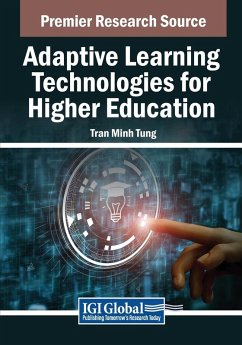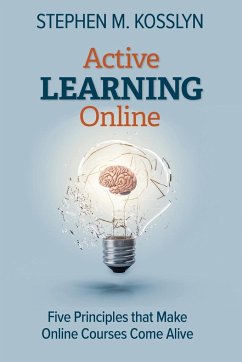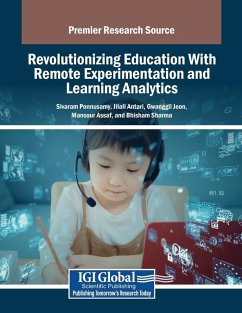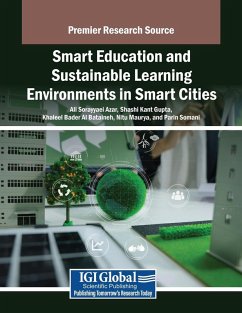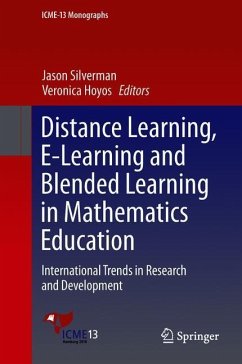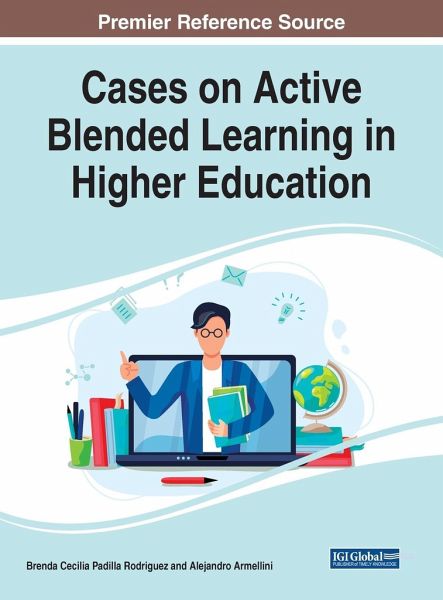
Cases on Active Blended Learning in Higher Education
Versandkostenfrei!
Versandfertig in 1-2 Wochen
192,99 €
inkl. MwSt.

PAYBACK Punkte
96 °P sammeln!
Active blended learning (ABL) is a pedagogical approach that combines sensemaking activities with focused interactions in appropriate learning settings. ABL has become a great learning tool as it is easily accessible online, with digitally rich environments, close peer and tutor interactions, and accommodations per individual learner needs. It encompasses a variety of concepts, methods, and techniques, such as collaborative learning, experiential learning, problem-based learning, team-based learning, and flipped classrooms. ABL is a tool used by educators to develop learner autonomy, engaging ...
Active blended learning (ABL) is a pedagogical approach that combines sensemaking activities with focused interactions in appropriate learning settings. ABL has become a great learning tool as it is easily accessible online, with digitally rich environments, close peer and tutor interactions, and accommodations per individual learner needs. It encompasses a variety of concepts, methods, and techniques, such as collaborative learning, experiential learning, problem-based learning, team-based learning, and flipped classrooms. ABL is a tool used by educators to develop learner autonomy, engaging students in knowledge construction, reflection, and critique. In the current educational climate, there is a strong case for the implementation of ABL. Cases on Active Blended Learning in Higher Education explores strategies and methods to implement ABL in higher education. It will provide insights into teaching practice by describing the experiences and reflections of academics from around the world. The chapters analyze enablers, barriers to engagement, outcomes, implications, and recommendations to benefit from ABL in different contexts, as well as associated concepts and models. While highlighting topics such as personalized university courses, remote service learning, team-based learning, and universal design, this book is ideal for in-service and preservice teachers, administrators, instructional designers, teacher educators, practitioners, researchers, academicians, and students interested in pedagogical approaches aligned to ABL and how this works in higher education institutions.




